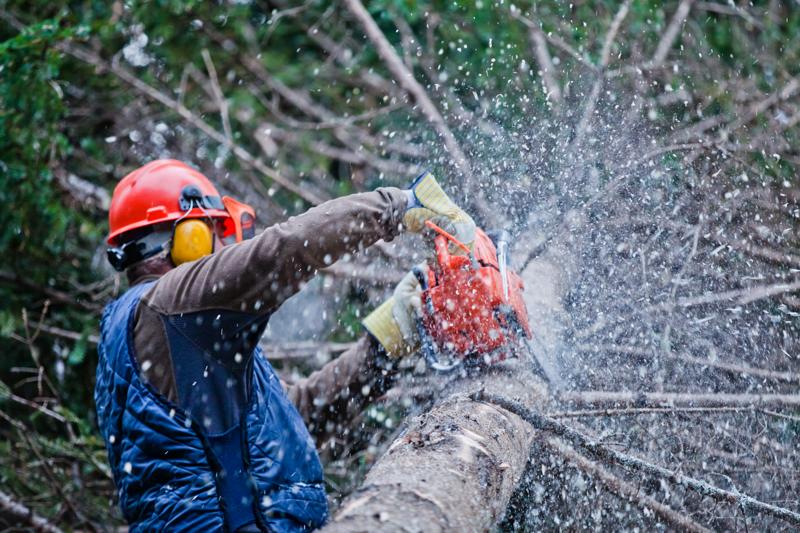The Persistence of Tree Roots After Removal

Tree removal is an essential job for many property owners, however, it’s not as simple as cutting the tree’s trunk and leaving the roots to decay. Knowing the life span of tree roots is crucial to ensure that the removal process is carried out in a safe and secure manner. This article we will examine the duration that roots last after a tree is removed and address some of the most frequently-asked questions regarding this subject.
How long do tree roots live after cutting down?
The lifespan of tree roots after a tree has been cut down can differ greatly based on the type of tree, the length of the roots, and the environmental conditions. In general, it’s safe to assume that tree roots will continue to live for many years after a tree has been removed. This is because the roots remain capable of taking in moisture and nutrients from the soil, regardless of whether the tree is removed.
Factors that Affect the Longevity of Tree Roots
There are many factors that can affect the length of time that tree roots last after a tree has been removed. These include the species of trees Certain species of trees possess roots which are much more resilient and longer-lasting than others. For example the oak tree’s roots have been observed to live for many decades after the tree has been taken down. Size of roots The bigger the tree’s root system is, the longer they’ll likely last after the tree has been taken down. This is because bigger roots are more able to absorb water and nutrients from the soil. Conditions in the soil: The kind, temperature, and moisture levels in the area where trees were removed will all impact the longevity of the roots. If the soil is dry and compacted, the roots are likely to decompose faster. If the soil is moist and well-drained the roots will last longer.
What happens to tree Roots Following the cutting?
When the tree is removed, the roots will gradually begin to decay. This process may take a few years dependent on the variables that were discussed earlier. At this point, the roots will slowly release nutrients back into the soil which is beneficial to other plants in the area. When the roots are fully decayed, they’ll no longer pose a threat to surrounding structures or landscapes.
FAQs:
Do tree roots grow back after cutting them down?
Tree roots are not able to regenerate after a tree has been cut down. Once the roots are removed, they will slowly begin to decompose and will not be able to regrowing.
Are tree roots able to continue to expand after cutting them down?
The roots of trees will not continue to grow after a tree is removed. However, they’ll be around for several years as they’re still capable taking in nutrients and moisture out of the earth.
Will tree roots continue to grow even after cutting down?
The roots of trees won’t continue to grow after a tree has been cut down. Once the tree has been removed, the tree’s roots will slowly begin to decompose and no longer pose a threat to surrounding structures or landscapes.
Conclusion:
In conclusion, the longevity of tree roots following the tree has been removed can be a lot depending on several factors. Knowing the duration that tree roots will live is crucial for ensuring that the removal of trees is carried out properly and safely. If you own trees that need removal, it’s recommended to employ an expert Sydney Wide Tree Removal arborist to carry out the job. Our highly skilled and knowledgeable arborists have the tools and know-how to safely and efficiently remove trees and address any concerns regarding the durability that the tree’s roots. Contact us now by phone at 1300 152 268 to schedule a consultation and find out the details about our services for tree removal in Sydney. Don’t risk damaging your property or putting yourself at risk trying to remove a tree on your own. Let the experts from Sydney Wide Tree Removal handle all of your tree removal requirements.





















